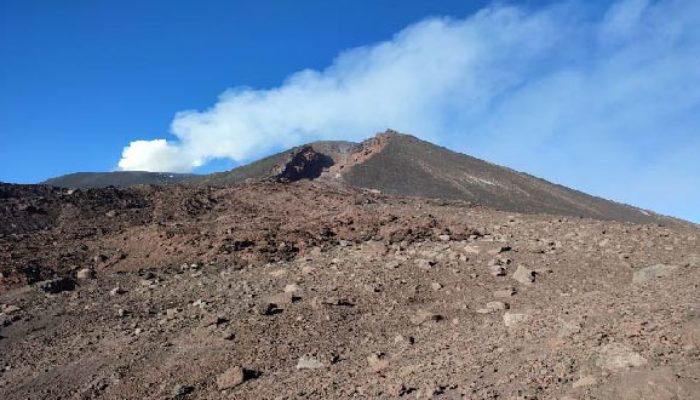
Many people are drawn to danger and behaviors that can harm their health or finances. Dangerous activities include the attraction that humans have always had towards natural events, such as volcanic eruptions, or towards gambling, adventure, challenging travels or physical activities without the ability or the necessary preparation. In today’s life many people face risks, however these risks allow them to achieve results that are important to them. Popularity on social media can be an example of such a risk: social media is being given more and more importance as popularity grows. To date, about 4.2 billion people use social networks: many of these use them only for fun and entertainment, for others their use has become a real job. Several studies have been carried out which identify that people are predisposed to form habits and develop addictions when using social media. This is because dopamine, a chemical released in our body which triggers the reward system within our brains, is also released during social media utilize (Westbrook et al., 2021). It is therefore very likely that an individual develops addictive behaviors towards social media, regardless of whether their interactions are different from those of others or whether they are considered and appreciated differently (Van Holst et al., 2018).

Prof. Marco Viccaro during the sampling of the lavas of the eruption of February 18th, 2021 at Torre del Filosofo (Mount Etna – 2900 meters) with the south-east crater in the background
(photo by Mirko Messina)
Among the dangerous activities, people have always been attracted to fire, eruptions and all these much larger and more powerful events, so much so that they cannot be controlled or dealt with. The attraction of man towards these events and the advent of social media and the internet in some cases has caused many victims and consequences in terms of civil protection. An example is the June 3,2018 eruption of the Fuego volcano in Guatemala where the pyroclastic currents associated with the lahars caused hundreds of victims and injuries (INGV Volcanoes). During this eruption two pyroclastic density currents (PDC) were produced only a few hours apart from each other. For some people this offered the unique opportunity to get a spectacular social media post – just after the first PDC 100 people went on a bridge to film and resume the second PDC. Obviously all these people either died or suffered serious damage to their health, all in order to be able to share and publish the event, in times of considerable difficulty for the entire population residing in the villages at the foot of the volcano. In fact there are videos of some people who, instead of escaping from the pyroclastic flow, go against it with their cars, regardless of the fact that after a short time they would have lost their lives due to the gases, pyroclastic material and the very high temperatures of the flows.
At this point you might be asking yourself, is this all worth it?
Due to similar events, civil protection has consequently introduced a series of rules that limit visits to volcanic craters and the most dangerous places, also due to the fear of rash choices by tourists. The intention of civil protection is to protect the population while still allowing the view of the eruptions, but from places in safety: Mount Etna is an example.
The limitations they are proving useful since, for example, on February 22, 2022, during a paroxysmal event at the Southeast Crater, a wall collapse occurred, causing PDC’s in the summit area. Although the poor weather conditions did not allow an easy approach to the eruptive theatre, in the case of if there had been any hikers, the consequences would have been very serious. For this reason, these limitations appear to be very reasonable.
Where no such restrictions have been applied, tragedies have occurred. This is the case on White Island, New Zealand, where in 2019 a group of tourists were surprised by an unpredicted phreatic explosion: the consequences were very serious, with 22 deaths and several injuries.
Human curiosity and human desire for discovery is limitless and cannot be fully suppressed, however, due to what we have been seeing in recent years, these government-level restrictions can be considered an advancement of human civilization, as prevented a notable increase in casualties.
Umberto Eco, during his speech at the University of Turin for his fortieth honorary degree, underlined how much, despite the considerable restrictions, the human being today can be considered freer than at the beginning of the twentieth century: having the possibility of using a network of global connections, such as social networks, which allow information and the sharing of ideas to be made faster, allows us to have greater freedom of expression, for better or for worse.
An example of the good use of social networks can be the National Civil Protection training that took place on the days between April 7th to 9th, 2022 on the Island of Vulcano (Italy), organized thanks to the collaboration between the Regional Department of the Sicilian Region, the Municipality of Lipari, the National Institute of Geophysics and Volcanology (INGV) and other centers of expertise. INGV is the responsable scientific institution that monitors the Italian and provides the Civil Protection with constant technical-scientific support by hypothesizing the possible scenarios on the natural phenomena in progress, intended to guide the safeguard measures of the local population. The exercise culminated on 9th April with an evacuation test for the inhabitants of the island. An integral part of the exercise was communication with the inhabitants, both through messaging apps and through advertising on the internet and social networks. These tools, in this particular example, have proved to be a powerful and immediate means to reach the greatest number of inhabitants and the public, becoming essential for communicating and allowing everyone to disseminate basic knowledge regarding these natural events.
Reference
Centro Monitoraggio Eolie (ingv.it)
Geoff Kilgour, Ben Kennedy, Bradley Scott, Bruce Christenson, Arthur Jolly, Cameron Asher, Michael Rosenberg & Kate Saunders (2021) Whakaari/White Island: a review of New Zealand’s most active volcano, New Zealand Journal of Geology and Geophysics, 64:2-3, 273-295, DOI: 10.1080/00288306.2021.1918186
Sigurdsson, H., Houghton, B., McNutt, S., Rymer, H., and Stix, J., eds., 2015, The Encyclopedia of Volcanoes: San Diego, California Academic Press,
Van Holst, R. J., Sescousse, G., Janssen, L. K., Janssen, M., Berry, A. S., Jagust, W. J., & Cools, R. (2018). Increased Striatal Dopamine Synthesis Capacity in Gambling Addiction. Biological Psychiatry, 83(12), 1036–1043. https://doi.org/10.1016/j.biopsych.2017.06.010
Westbrook, A., Ghosh, A., van den Bosch, R., Määttä, J. I., Hofmans, L., & Cools, R. (2021). Striatal dopamine synthesis capacity reflects smartphone social activity. IScience, 24(5). https://doi.org/10.1016/j.isci.2021.102497



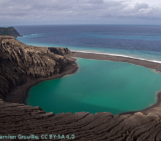
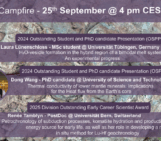
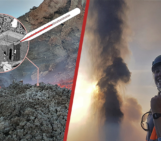
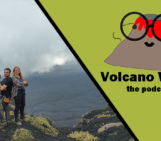
Pingback: GeoLog | GeoTalk: meet Morelia Urlaub, researcher of underwater landslides!